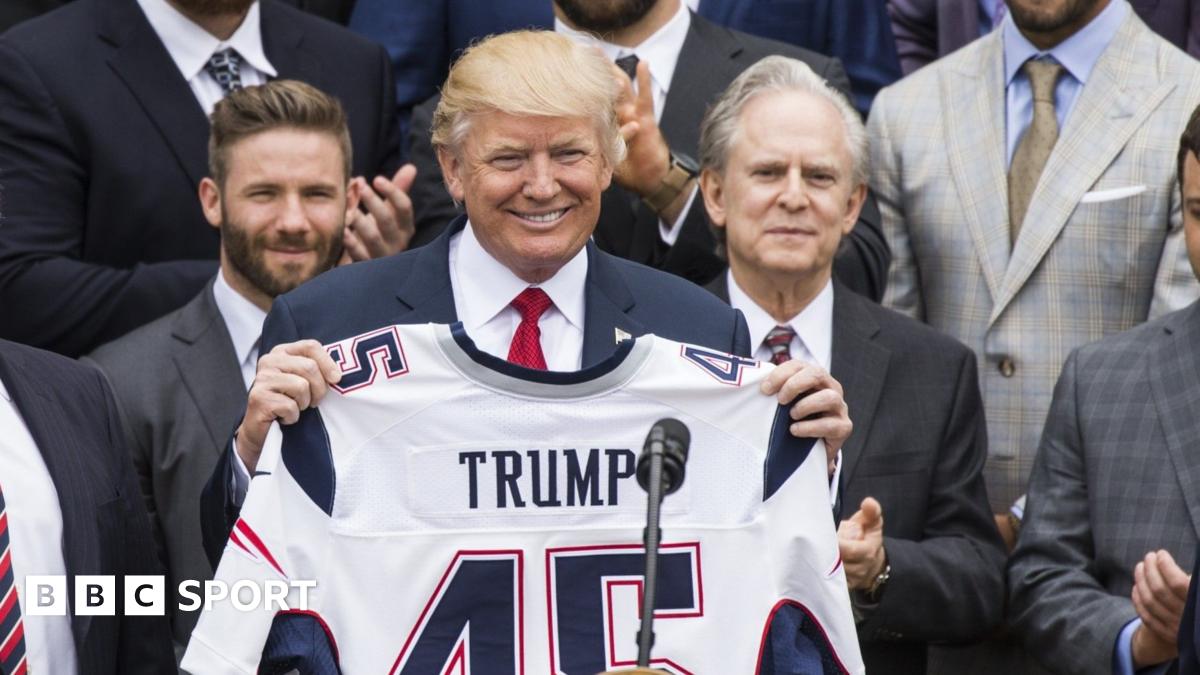Already a real-estate magnate by that point, Trump viewed owning an American football team as a means of building his brand. After attempting to acquire an NFL franchise, a 37-year-old Trump bought the New Jersey Generals in September 1983.
They were founding members of the USFL, which started in the spring of 1983 so did not clash with the NFL. The new league managed to lure top players from the NFL and the college game.
The Generals improved during their two seasons under Trump but lost in the first round of the play-offs in both 1984 and 1985.
However, Trump had made his intentions clear from the outset. He didn’t want the USFL to remain a spring league; he wanted to go directly against the NFL in autumn-winter.
That was not the USFL’s original plan but, in August 1984, Trump convinced team owners to vote on switching to an autumn-winter schedule from 1986.
Then, two months, later the USFL filed an anti-trust lawsuit against the NFL – led by Trump. The case went to trial in May 1986, with the USFL arguing the NFL had conspired to monopolise TV contracts, seeking damages worth $1.7bn (£1.25bn).
Trump hoped it would force a league merger and earn him an NFL franchise. He also envisaged a Trump-branded stadium in Manhattan.
The trial lasted 42 days and a jury found the NFL was an ‘illegal monopoly’. But it rejected the other charges and the USFL was awarded just $3 as the jury felt most of the USFL’s problems were self-inflicted.
The league had built up huge debt and, days after the verdict, it folded.
In a book about the USFL,, external one of the jurors said Trump “came off as arrogant and unlikeable” in court.
Trump and then NFL commissioner Pete Rozelle provided contrasting accounts of a meeting they had in March 1984, during which Rozelle is alleged to have told Trump, external “as long as I or any of my heirs are involved in the NFL, you will never be a franchise owner in the league”.
